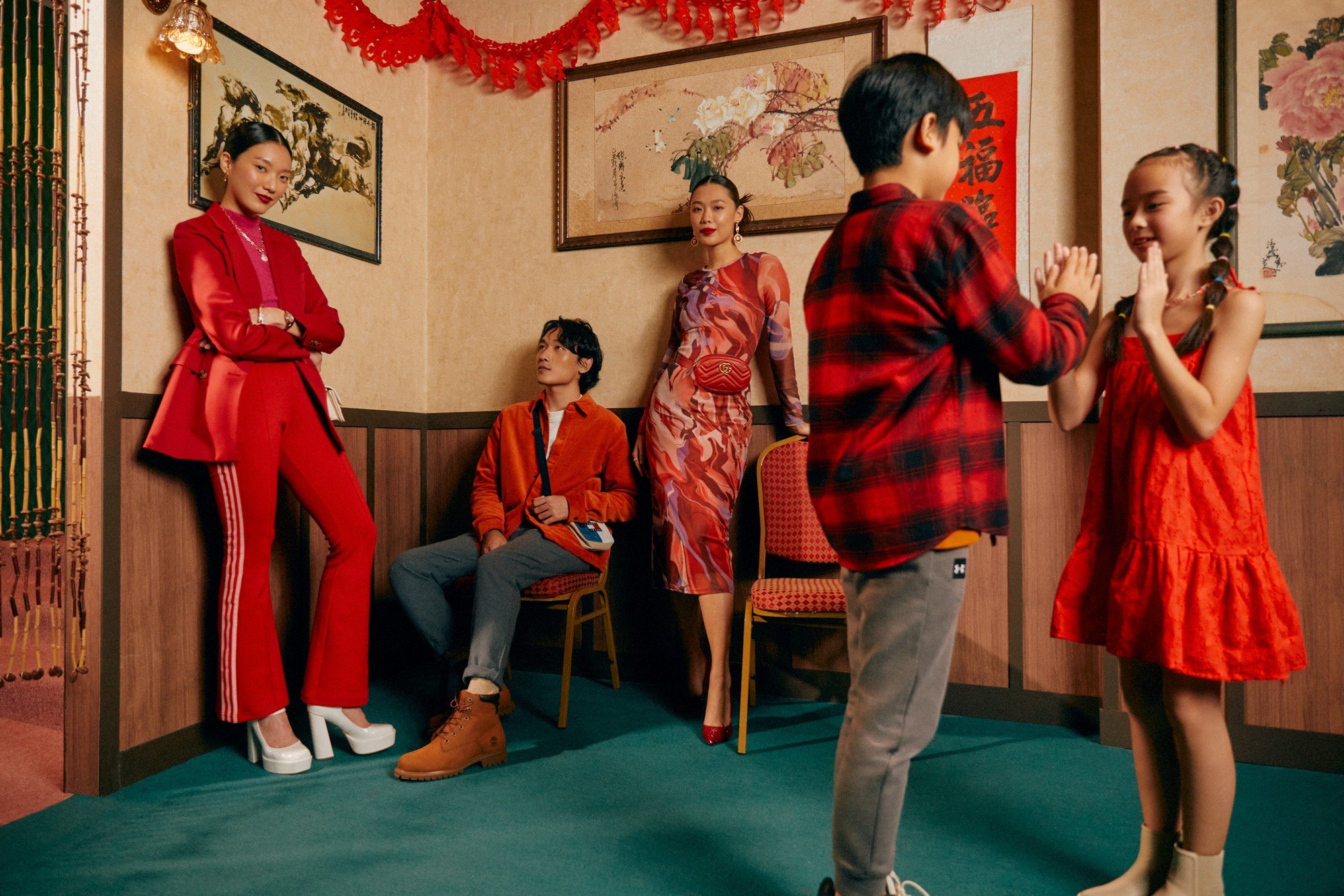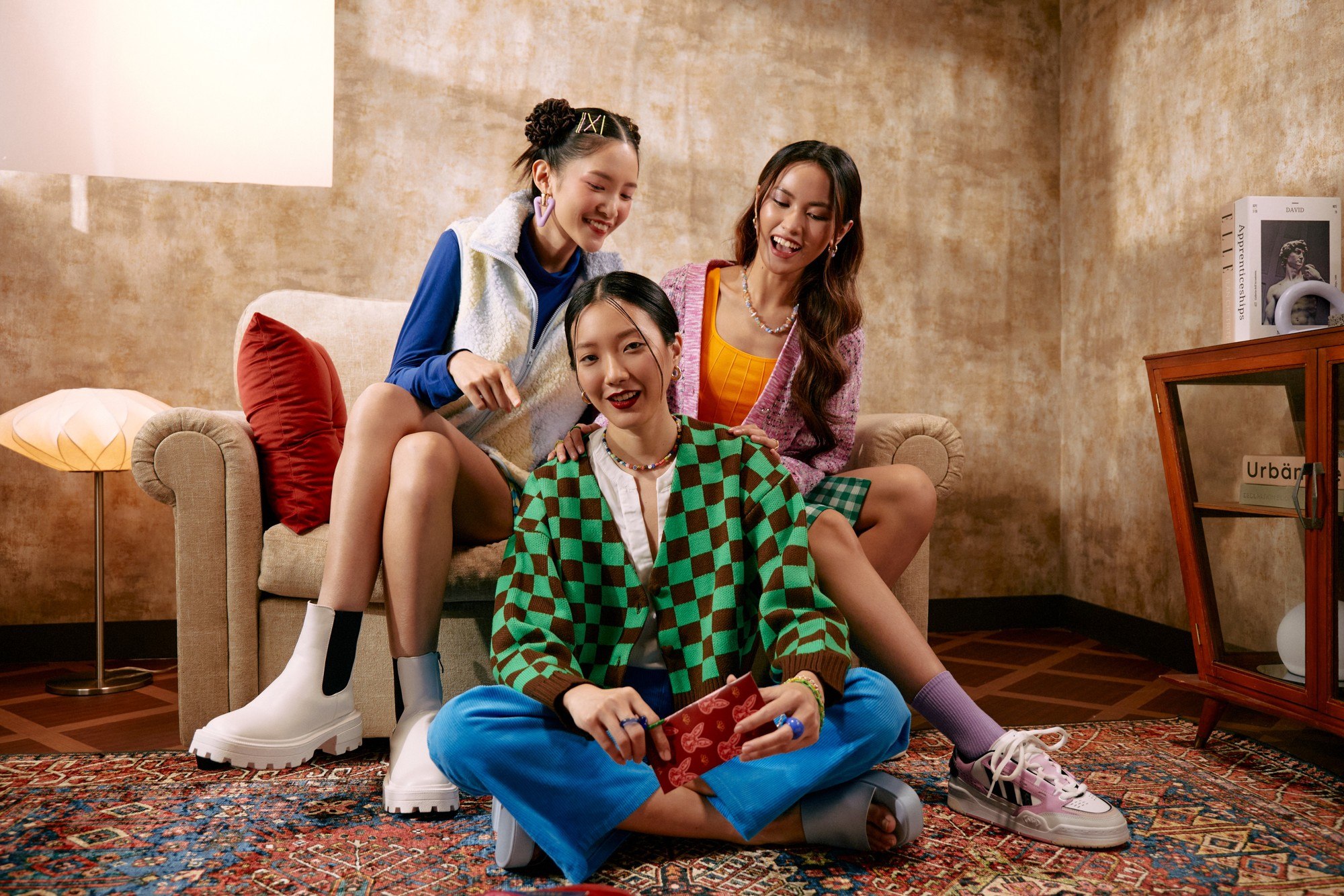

ZALORA Continues to Lead the Way in Data-Driven Retail
Revenue from data platform TRENDER has grown 100% YoY between 2020 and 2021
Automated onboarding of new brands to support global growth
Solution helps fuel data-driven retail strategies and builds brand resilience
In the fast-paced world of fashion, the ability to rapidly spot and act on trends gives brands a competitive edge. That’s why ZALORA has adopted the principle of “data first, then fashion”. Part of the publicly-traded Global Fashion Group, ZALORA is a leading online fashion destination where millions of customers across Asia can shop thousands of local and international brands. ZALORA relies on Tableau to stay on top of the latest trends and to inform decisions about everything from marketing to merchandising and operations. The business also uses Tableau to power Trender, a data-solution service that provides brands with insights on consumer preferences and behavior.
Released just in time to help brands navigate COVID-19, Trender is now a growing source of revenue for ZALORA. It is also helping more and more brands to be agile and resilient to change.
It is important for brands to have a full picture of what’s happening in the market, especially when everything is changing so fast and a single event can have impacts across the globe.
Trender helps shape data-driven retail strategies
The value of Trender stems from ZALORA’s massive repository of trade data, including transaction data across six different markets. Combined with Tableau's visual analytics, this data reveals essential trends in customer behavior, like which age groups and regions are shopping most and which product categories are most popular. Brands can use this information to shape their retail strategies for online and in-store.
Specifically, marketers can obtain an in-depth understanding of consumer segments and purchasing behavior to streamline their efforts on targeting the right audience, while designers can gain insights into trending colors, materials, and styles to work into the next season's collection. They can also drill down into sales across different markets as they evaluate where to open stores next based on the density of potential shoppers.
Trender was created in just six months, with ZALORA’s in-house fashion experts, marketers, and data analysts leveraging Tableau's embedded analytics platform. ZALORA has since leveraged Tableau’s APIs and developer tools to extend and enrich Trender’s capabilities and turn it into a dedicated analytics portal.
Brands can log in to access near real-time data on web traffic and sales. They can also compare their performance with that of other brands that sell through ZALORA. The anonymized data helps brands see where they are leading or falling behind. It also helps them understand if increases or decreases in sales are specific to their brand or part of a general trend.
Other enhancements to Trender include an extension that allows for images to be added to dashboards. This is a popular feature that allows brands to quickly correlate the data they’re looking at with the right product.

Automation helps ZALORA scale to support more brands in more markets
ZALORA is now set to scale and take Trender global. Revenue from the data platform Trender has grown 100% year-on-year between 2020 and 2021. The next step is to make the service available to brands that sell through the Global Fashion Group’s other businesses, including THE ICONIC, and Dafiti.
To support this growth, ZALORA has automated its onboarding process so it can add new users to Trender and provide them with the right security permissions in just a few clicks. In the past, this process took up to two hours.
In the future, ZALORA will add new analytics services to Trender. These include services leveraging AI and Machine Learning as well as natural language processing (NLP). ZALORA is also exploring how it can use Trender to help brands measure and drive their sustainability efforts.
We want to keep innovating and use analytics to help brands solve new challenges. One of the areas we want to focus on is AI. Tableau is way ahead in AI and we want to take advantage of that.”